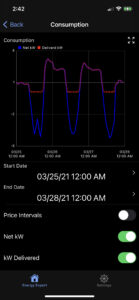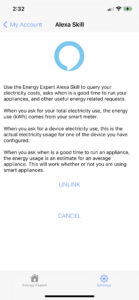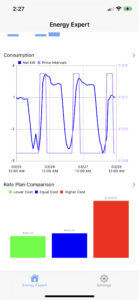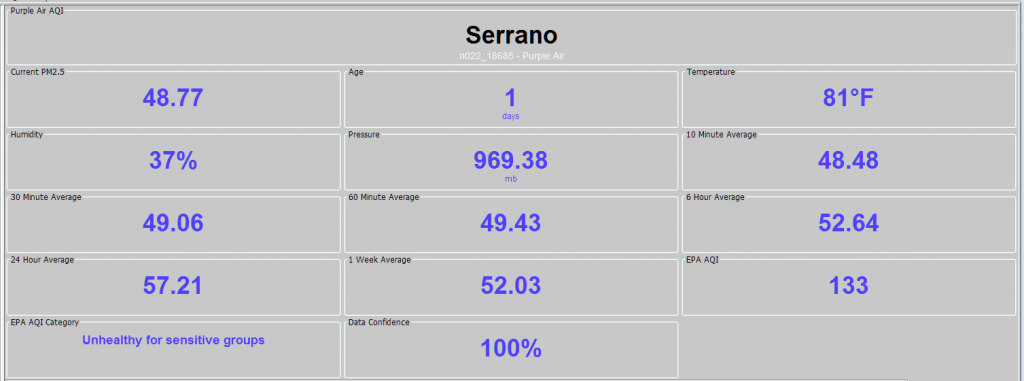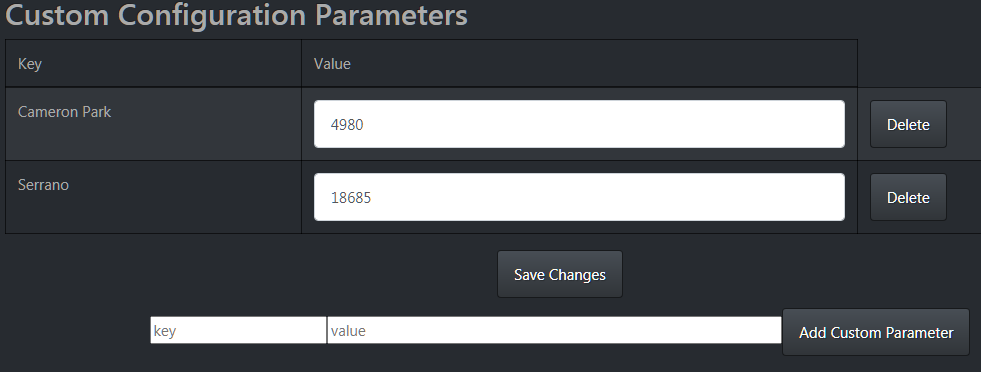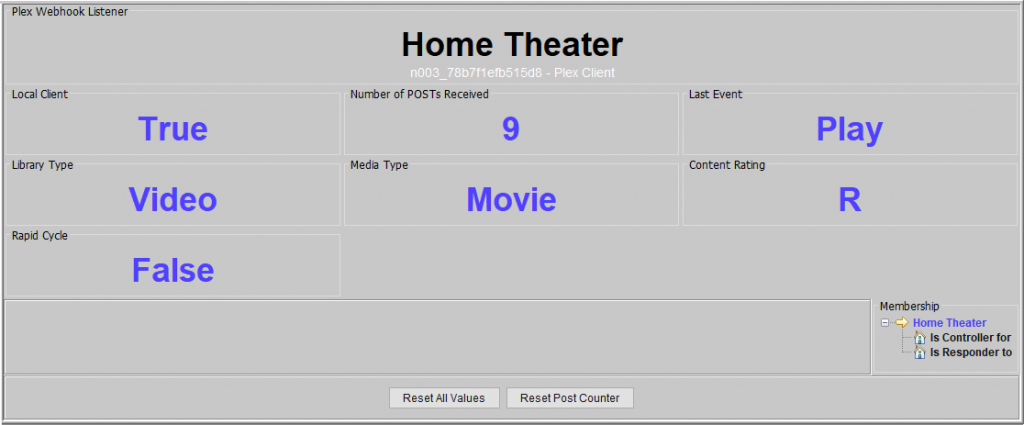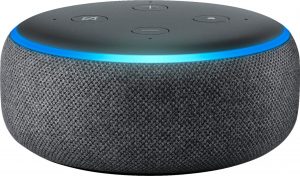Tesla Powerwall Integration
So you have a Tesla Powerwall and you know that it stores electricity. But, you have no idea how to integrate with everything else in your home to your advantage? For instance:
- You can force a specific mode of operation – like supply from battery, take it completely off the grid etc.
- You can decide to do different things when there is a power outage (overwrite the default behavior)
- You can force discharge mode based on ISY conditions (schedule, device states, etc.)
- You can also set peak and off peak times from the ISY
- You can turn stormMode (allow charging from grid in case of weather alert) on and off
In summary you can do anything the iOS mobile app supports but under control of ISY (ISY controls the parameters available the app based on its decisions).
Tesla Powerwall runs on both Polisy (use Z9F44G4R for 20% discount) as well as Polyglot Cloud. And, access everything from One App: UD Mobile!
 |
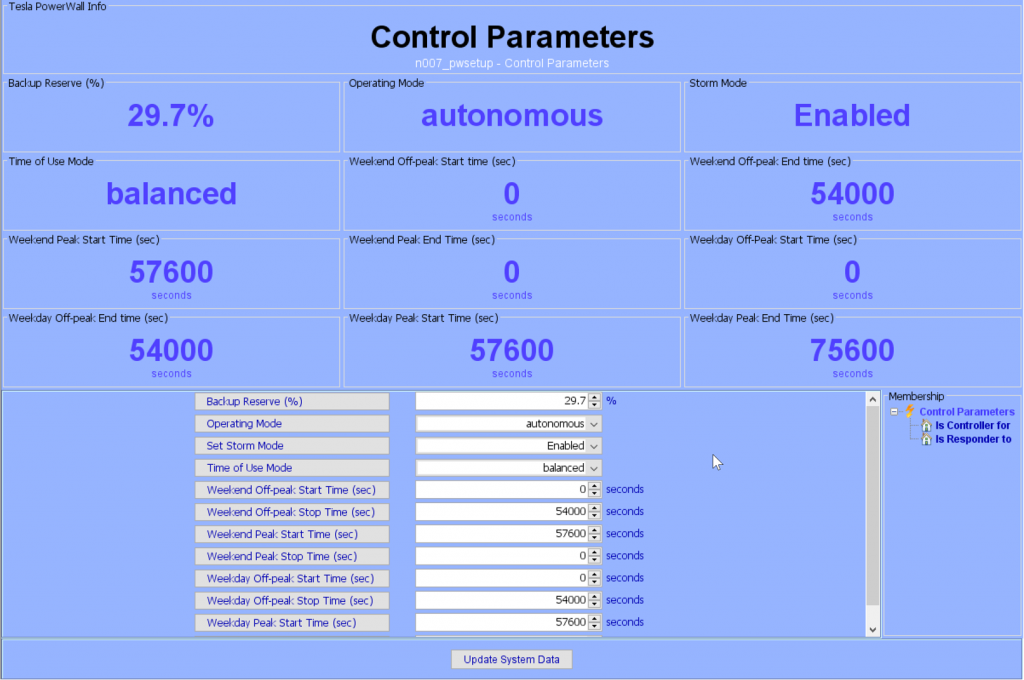
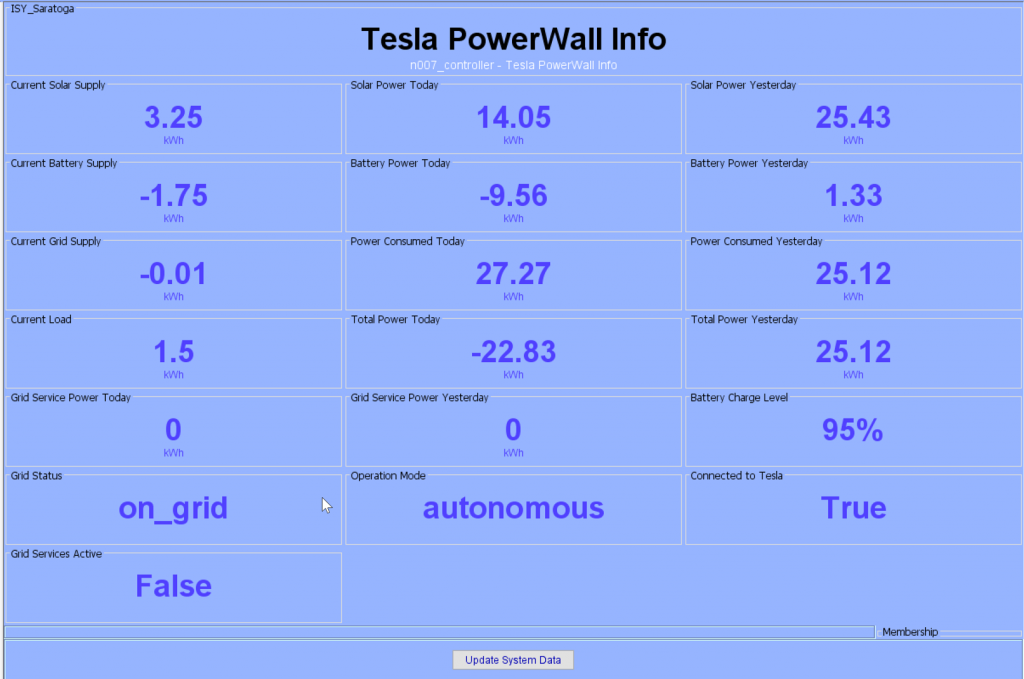
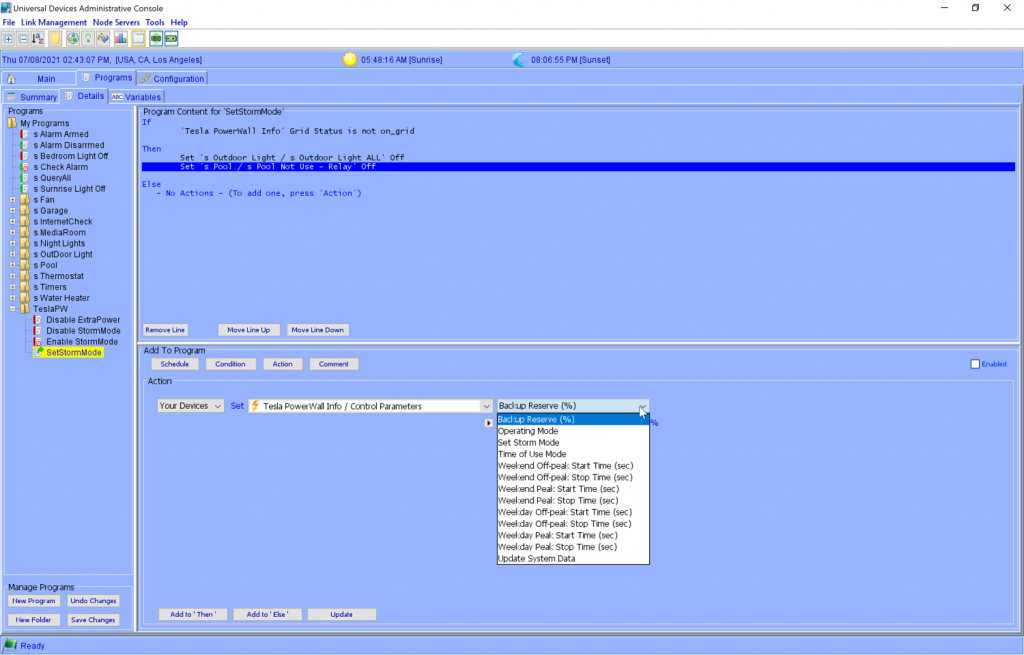
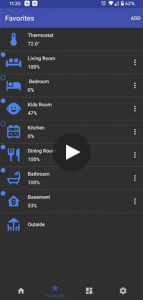
 monitoring hub. It can detect such things as people, faces, deliveries, insects, animals, wind, etc. With this node server, you can automate what should happen based on what the camect detects.
monitoring hub. It can detect such things as people, faces, deliveries, insects, animals, wind, etc. With this node server, you can automate what should happen based on what the camect detects.
